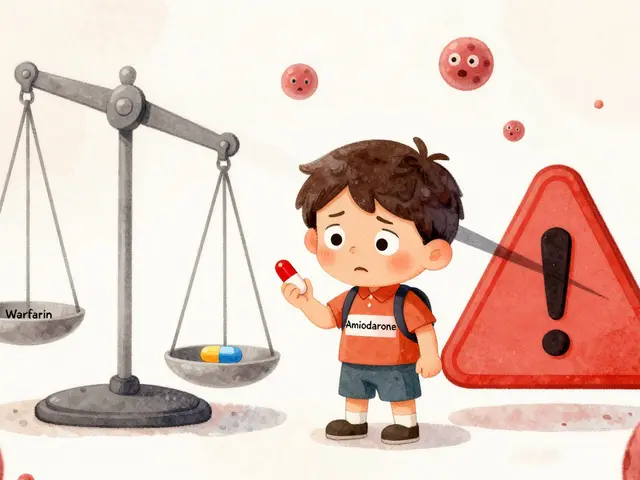Infertility Treatment: Practical Guide for Your First Steps
About 1 in 6 couples will face trouble getting pregnant. If you’re here, you want clear, useful steps—not medical jargon. This page helps you pick the right tests, understand common treatments like IUI and IVF, and know what questions to ask a clinic.
Tests and first steps
Start with basic checks. For women, doctors usually look for ovulation (tracking cycles or blood tests), measure AMH for ovarian reserve, and do a pelvic ultrasound. For men, a semen analysis is quick and informative—count, movement, and shape matter. Couples often need both partners tested before choosing treatment.
If cycles seem irregular or you have pain, an HSG X‑ray checks if the fallopian tubes are open. Expect clear results from these tests in a few days to a few weeks. Bring a partner to appointments and take notes—it helps later when you compare options.
Common treatments and what to expect
Clomiphene or letrozole are pills that help trigger ovulation; they’re often the first step for women with irregular cycles. Injections of gonadotropins are stronger and used when pills don’t work. IUI (intrauterine insemination) places prepared sperm into the uterus around ovulation—it's less invasive and cheaper than IVF but has lower success rates.
IVF (in vitro fertilization) is the go‑to when other methods fail or when there’s blocked tubes or severe male factor infertility. IVF involves stimulating the ovaries, retrieving eggs, fertilizing them in the lab, then transferring embryos. ICSI is a lab add‑on that injects a single sperm into an egg and helps with very low sperm counts.
Success rates vary. For women under 35, a single IVF cycle often has a roughly 30–40% chance of live birth; rates drop with age. Clinics report their own outcomes—ask for their age‑specific success numbers, not just the headline rate.
Costs and timing matter. Medication and simple procedures can be affordable, but IVF is expensive and sometimes requires several cycles. Check what your insurance covers, and ask the clinic about payment plans or low‑cost programs. Be realistic about time: tests and treatment cycles take weeks to months, and emotional ups and downs are normal.
Questions to ask a clinic: What tests do you recommend first? What’s your success rate by age? How many cycles do patients typically need? What are all the costs and possible side effects? Who will be my main contact during treatment?
Finally, don’t skip support. Fertility treatment can be stressful—talk to a counselor, join a local group, or find an online community where people share practical tips. Good care combines smart testing, clear treatment steps, realistic expectations, and emotional support. If you suspect infertility, schedule a clinic visit sooner rather than later—early moves often give you more options.




